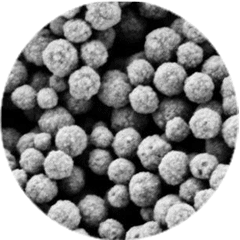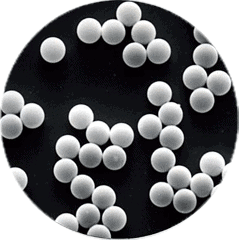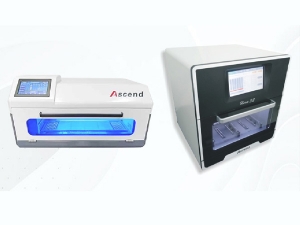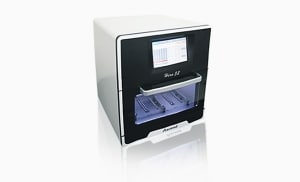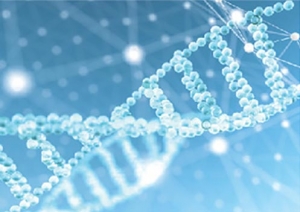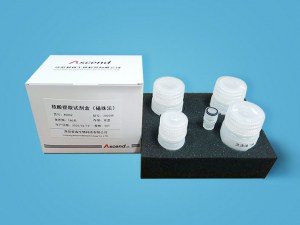How accurate is the nucleic acid detection?
Commonly used infectious disease laboratory tests include microbial culture, virus isolation, nucleic acid testing, and antibody testing. Nucleic acid testing is also a method to detect viruses, which can detect infections earlier. Nucleic acid tests have been carried out for hepatitis B, hepatitis C, and AIDS in clinical practice, which can detect the presence of viruses in the blood before antibodies are produced. For some respiratory diseases, nucleic acid testing of throat swabs or respiratory secretions can be used to determine whether they are infected, and whether they are contagious. Seasonal influenza, avian influenza, coronavirus infections, etc., can be easily judged whether there are viral components in the upper respiratory tract through throat swab testing, so as to determine whether the tested person is an infected person. So, how accurate is the nucleic acid detection?
At present, there are no exact large-sample statistics to prove the accuracy of nucleic acid detection, but there are many factors that affect the accuracy, such as the quality of the detection reagents, the time of infection of the tested person (too early or too late will reduce the accuracy), specimens The cooperation of the examinee when taking the material (poor cooperation may cause the specimen not to be taken in place) and the operational proficiency of the examiner, etc.

If all aspects of nucleic acid detection are accurate, the accuracy of nucleic acid detection can reach more than 95% under ideal conditions. But due to various reasons, false negative results will occur. The so-called false negative means that the testee is indeed an infected person, but the nucleic acid test result is negative, which is a false negative. With the improvement of technology, the accuracy rate of various medical institutions is improving rapidly, and the false negative rate is continuously decreasing.
In addition, for people who have had close contact with confirmed or suspected cases, two nucleic acid tests are usually required to exclude them. For people who have been to high-risk areas of the new coronavirus, if they have fever and respiratory symptoms, a negative nucleic acid test may have a false negative, so two nucleic acid tests are needed to rule out. In addition, if the doctor judges that a nucleic acid test is negative and still cannot be ruled out, the nucleic acid test needs to be tested again. Sometimes the doctor will also recommend chest CT, blood tests, and serum antibody tests for the new coronavirus to determine whether it is infected.

